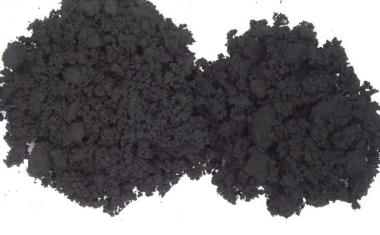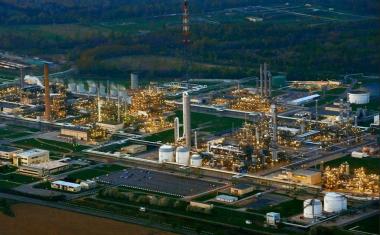UK Scientists Find Four Unidentified Ozone-Depleting Gases
Researchers from the University of East Anglia in the UK say have discovered evidence of four new ozone-depleting gases from as yet unidentified sources. Three of the gases are said to be chlorofluorocarbons (CFCs), the fourth a hydrochlorofluorocarbon (HCFC), which can also damage the ozone layer.
"Our research has shown four gases that were not around in the atmosphere at all until the 1960s which suggests they are manmade," lead researcher Johannes Laube told BBC News.
The research group estimates that around 74,000 t of these gases have been released into the atmosphere, and two of the gases are said to be accumulating at significant rates that it termed "very worrying."
The East Anglia scientists discovered the gases by analyzing polar firn, a perennial snow pack - air extracted from this snow is regarded as a natural archive of what was in the atmosphere up to 100 years ago. They also looked at modern air samples collected at Tasmania's remote Cape Grim.
While saying "we don't know where the new gases are being emitted from, and this should be investigated," Laube added that possible sources include feedstocks for insecticide products and solvents for cleaning electronic components. "What's more, the three CFCS are being destroyed very slowly in the atmosphere, so if emissions were to stop immediately, they will still be around for many decades to come."
Also commenting on the findings, Piers Forster, a scientist from the University of Leeds, also in the UK, said, of the four species identified, CFC 113a "appears the most worrying, as there is a small but growing emission source, maybe from agricultural insecticides. We should find it and take it out of production."













